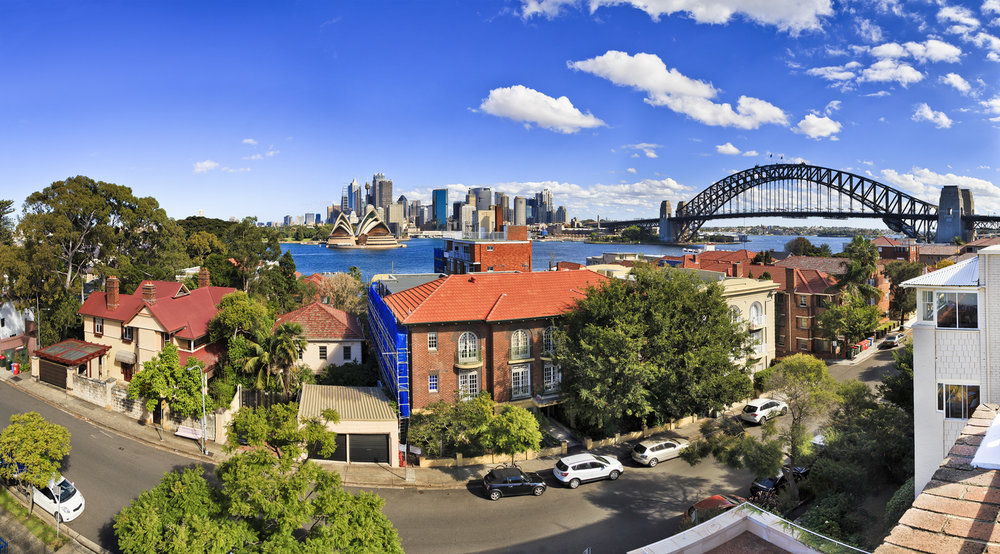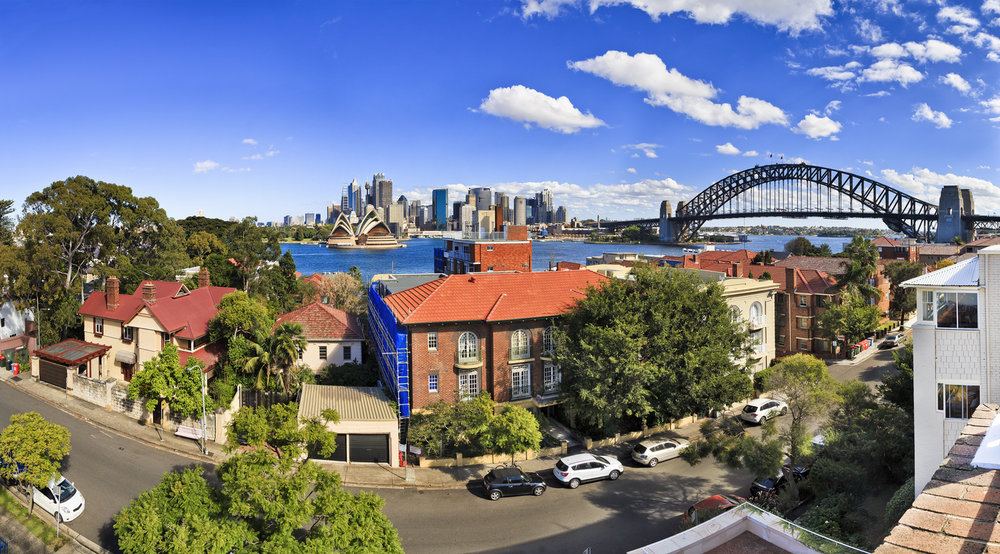In Part 1 of ‘What’s really behind Australia’s soaring house prices?’ we discussed factors including financial deregulation, tax incentives, demographics, planning laws and urbanisation. Here we are going to look at the impact of immigration, particularly on Sydney and Melbourne housing markets, whether we are in the midst of a housing bubble and the outlook for the future of real estate prices in Aus.
Immigration? Sydney and Melbourne
The 2017 Demographia International housing Affordability survey ranked Sydney as the second least affordable major housing market in the world, with a median house price of $1,077,000 and a median income of $88,000, a ratio of 12.2.
Melbourne was the sixth least affordable, with median house price of $740,000 and a median income of $78,200, a ratio of 9.5.
By contrast, the next least affordable Australian cities, Adelaide, Brisbane and Perth, had price-to-income ratios of 6.6, 6.2 and 6.1 respectively (5.1 and above is considered severely unaffordable).
What’s behind the huge house-price discrepancies between Sydney and Melbourne and the nation’s other capitals?

The overriding factor is Australia’s high immigration rate and the fact most migrants head to Sydney and Melbourne, which account for 40 per cent of Australia’s economic output and are consistently rated among the world’s most liveable cities – but where housing is in short supply.
As demographer and president of The Australian Population Research Institute Dr B Birrell told the Select Senate Committee on Housing Affordability in Australia in 2008: ‘About half the growth in households in Melbourne is attributable to overseas migration’.
‘When you push out the 30-year projection, as you get near the end of it, about 80 per cent of the growth is attributable to migration…in Sydney, all the growth in households is attributable to overseas migration’, Birrell says.
Foreign nationals put a further strain on the cities’ housing stocks. According to the Foreign Investment Review Board, in 2014-15 Melbourne and Sydney accounted for 42 per cent and 33 per cent of foreign investment in residential real estate in Australia respectively.
If you’ve ever wondered what your house would be worth in Sydney or Melbourne, take a look at this tool to compare house prices based on the ABS Residential Property Index for our capital cities.
Housing bubble?
Many worry that Australia is in the midst of a housing bubble – a house buying frenzy that drives up prices, attracting speculators and increasing demand even more, only for demand to stagnate or fall, causing a sharp drop in prices (the bubble bursting).
The most prominent doomsayer is The Economist, which has been sounding alarm bells since 2002 and last year argued that Australian housing was more than 40 per cent overvalued.
The International Monetary Fund is more optimistic: ‘The various house price modelling approaches indicate that house prices are moderately stronger (in the range of 4 to 19 per cent) than economic fundamental would suggest.’
Mitigating the risk of a full-blown property crash is the fact that underlying demand for housing is expected to remain strong, with the Department of Immigration and Border Protection projecting Australia’s population to rise faster than it did from 1990 to the mid-2000s.

The IMF is also reassured by Australia’s use of macro-prudential policies to try to tame the housing boom.
In 2015, the Australian Prudential Regulation Authority (APRA) demanded that housing investor loan growth slow to less than 10 per cent a year.
In response to APRA’s directive and to better reflect the risks of lending to investors, banks tightened their lending criteria for investors and began charging them higher rates than owner-occupiers, among other things.
While it has characterised some of the increase in Sydney house prices as ‘a catch-up’ following years of stagnation between 2003-09, the IMF is nonetheless concerned about the city’s growing share of investor and interest-only loans.
‘Against a backdrop of already high house prices and household debt, continued rapid house price inflation, especially in Sydney, could give rise to expectations-driven, self-reinforcing demand dynamics, accompanied by price overshooting and excessive risk taking by banks.’
The UBS Global Real Estate Bubble Index rates Sydney as having the world’s fourth worst housing bubble risk.
Future housing supply
Following years of underinvestment in housing, Australia is closing the gap between supply and demand, though it remains to be seen what impact this will have on prices.
In September 2016, the International Monetary Fund reported that ‘housing construction [in Australia] is currently at record levels, stimulated by high house prices [and] low interest rates, [which have reduced] the existing supply shortages in some areas’.
According to BIS Shrapnel’s 2016 Building Industry Prospects report, Australia will have more than 24,000 extra homes above what are needed and [in 2017] will be oversupplied for the first time in more than a decade.
By June 2017, every capital city will have some oversupply other than Sydney; Victoria will account for the vast majority of the oversupply, albeit mostly small apartments for which there is a limited market.

‘In the decade to 2010, NSW lost an average 23,000 people interstate each year [during the resources boom, which was focused in the north and west of the country],’ reported the Australian Financial Review in August last year.
‘Now, however, the tables have turned. In the March quarter [of 2016], gross state product grew one per cent. Infrastructure investment – particularly in transport – is booming.’
‘But the state is still unwinding a woeful under-investment in housing. NSW planning authorities approved the construction of nearly 58,000 new homes in the 12 months to February 1995.’
‘It took another 20 years to get back to that number, achieved in the 12 months to March 2015. Over the same time the state’s population grew by 1.5 million to 7.6 million.’
BIS Shrapnel expects a shortage of more than 41,000 dwellings in NSW in 2017.
Indeed, Sydney’s undersupply is still so extensive that the city faces little chance of overcoming it by 2020 unless construction holds at current record levels, says BIS Shrapnel managing director Robert Mellor.
Melbourne’s market is expected to cool before the Sydney market because of the former’s oversupply of housing. BIS Shrapnel anticipate a drop of three per cent in Melbourne’s median house price in 2017.
We hope these two articles have helped extend your understanding of the complex causes of the housing affordability crisis in Australia. If you have any thoughts on housing affordability, the housing bubble, oversupply or the future please feel free to share them in the comments section below.






